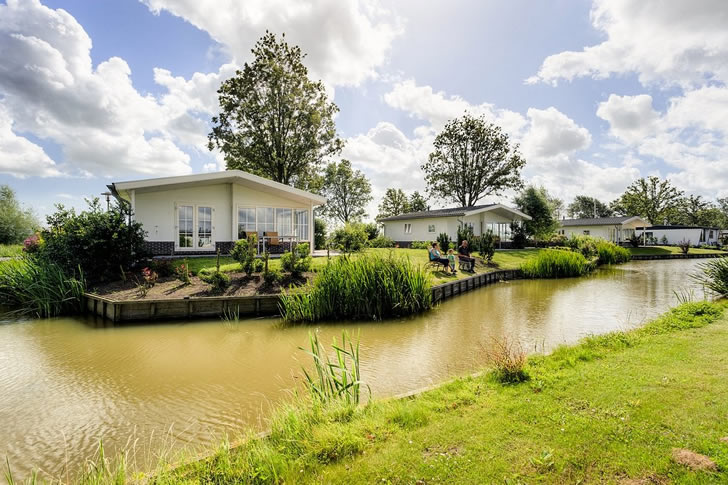How to Locate Low-Cost Senior Living Communities
Finding the right living community for seniors involves understanding various options, their costs, and what amenities they offer. This guide will help you navigate the differences between independent and assisted living communities, providing the essential information needed to make an informed decision.

Common Questions and Answers:
- What is the difference between independent and assisted living? Independent living is for seniors who can live on their own but want the convenience of community living, including amenities such as housekeeping, meals, and social activities. Assisted living provides additional support with daily activities like bathing, dressing, and medication management.
- How much does independent living cost? The cost varies widely by location. For instance, in Mississippi, the monthly cost is around $1,281, whereas in Maine, it can be as high as $6,162. The national average is approximately $3,000 to $4,000 per month.
- What are the typical costs of assisted living? Assisted living costs also vary, with the national average being about $4,774 per month. This can go up to $9,584 per month for private rooms in nursing homes.
- What amenities are typically included in these communities? Both types of communities often include dining services, housekeeping, transportation, and social activities. Some may also offer fitness centers, pools, and healthcare services.
- How do I choose the right community? Consider your or your loved one’s needs, budget, and preferred location. Visiting multiple communities, talking to residents, and reviewing contracts carefully are essential steps.
Cost Analysis and Key Regions in the U.S. for Senior Living:
| Region | Facilities | Monthly Cost for Independent Living | Monthly Cost for Assisted Living | Affordability Rating |
|---|---|---|---|---|
| Florida | Sunshine Retirement Living, Brookdale Senior Living | $3,800 – $4,502 | $4,500 – $4,800 | High |
| California | Atria Senior Living, Sunrise Senior Living | $3,000 – $3,612 | $4,500 – $5,000 | Medium |
| Texas | Holiday Retirement, Five Star Senior Living | $2,500 – $3,000 | $3,500 – $4,000 | High |
| Arizona | The Springs at East Mesa, Fellowship Square | $2,800 – $3,200 | $3,800 – $4,500 | High |
| North Carolina | Carolina Meadows, Waltonwood Lake Boone | $2,900 – $3,500 | $3,500 – $4,200 | High |
| Pennsylvania | Country Meadows, The Long Community at Highland | $2,400 – $3,200 | $3,300 – $4,000 | High |
| Ohio | Otterbein Senior Life, Brookwood Retirement Community | $2,200 – $2,800 | $3,200 – $4,000 | High |
| Georgia | Wesley Woods, Dogwood Forest | $2,500 – $3,200 | $3,300 – $4,000 | High |
| New York | The Osborn, Kendal on Hudson | $3,500 – $4,500 | $5,000 – $6,500 | Medium |
| Missouri | The Village at John Knox, John Knox Village | $2,000 – $2,800 | $3,183 – $3,800 | High |
Choosing the Right Community for Seniors
Understand Your Needs: Evaluate the level of care required. Independent living is ideal for active seniors who need minimal assistance, while assisted living is suitable for those who need help with daily activities.
Consider the Costs: Assess your budget and compare the costs of different communities. Be aware of additional fees for extra services, which can vary significantly. Use the cost and affordability ratings to find a community that fits your financial situation.
Evaluate the Amenities: Check what amenities are important to you or your loved one. Some communities offer extensive social activities, fitness centers, and dining options, while others might focus more on medical and personal care services.
Visit Multiple Communities: Tour several communities to get a feel for the environment, staff, and residents. Talk to current residents about their experiences and ask the staff about any specific concerns you might have.
Review the Contract Carefully: Before making a decision, review the contract in detail. Pay attention to the terms regarding costs, services included, and the process for making changes to care plans.
Look for Accreditation and Reviews: Choose communities that are accredited by recognized organizations and have positive reviews from residents and their families.
Consider Location: The location of the community is important for convenience and accessibility. Proximity to family, friends, and healthcare providers can greatly influence the quality of life.
Plan for the Future: Consider how your needs might change over time. Some communities offer a continuum of care, which allows residents to move from independent living to assisted living or nursing care within the same community.
Conclusion: Selecting the right senior living community involves careful consideration of costs, services, and personal needs. With the growing demand for senior housing, exploring various options and staying informed about trends can help ensure a comfortable and supportive living environment for seniors.
References:







Recent Comments